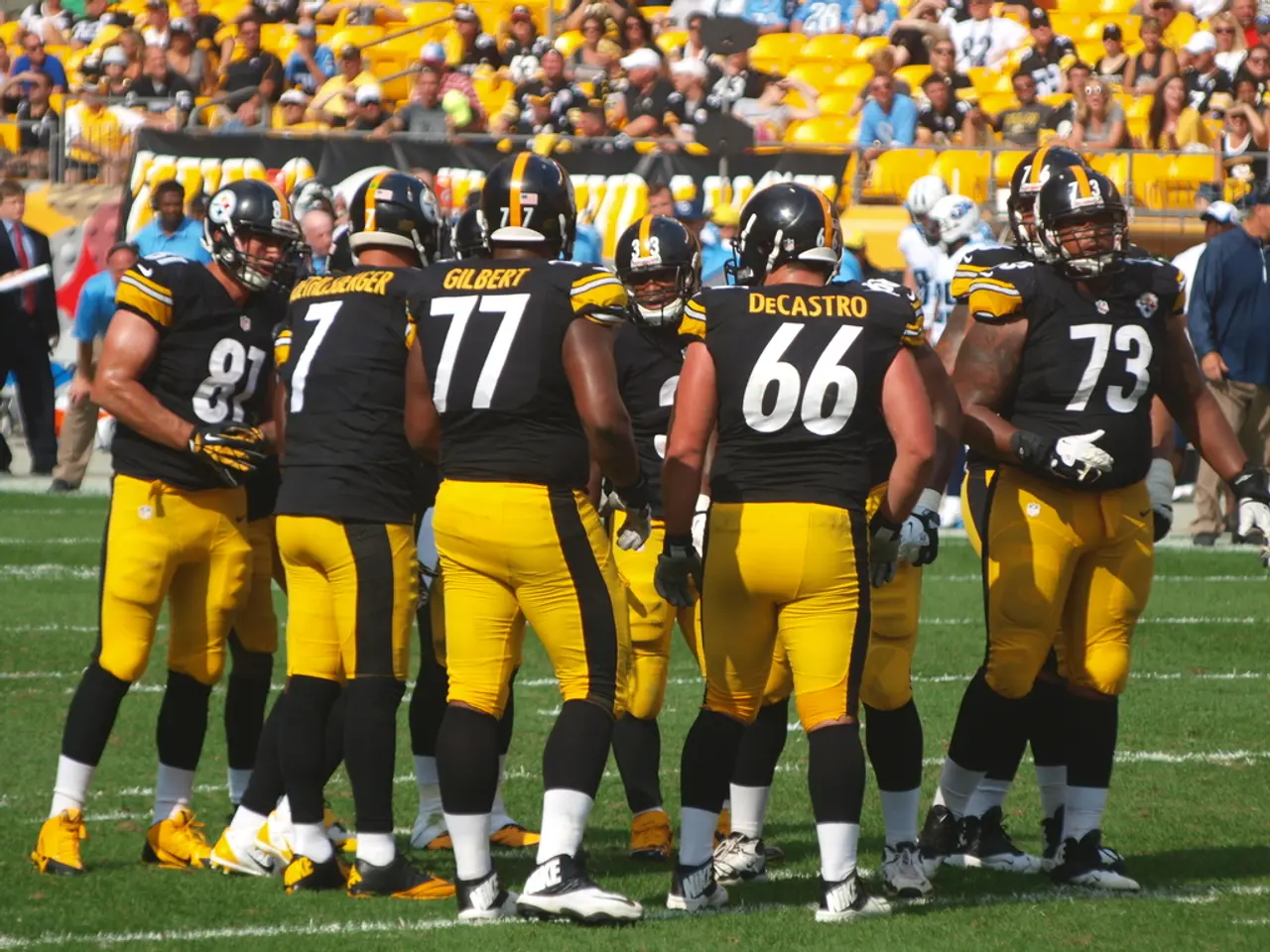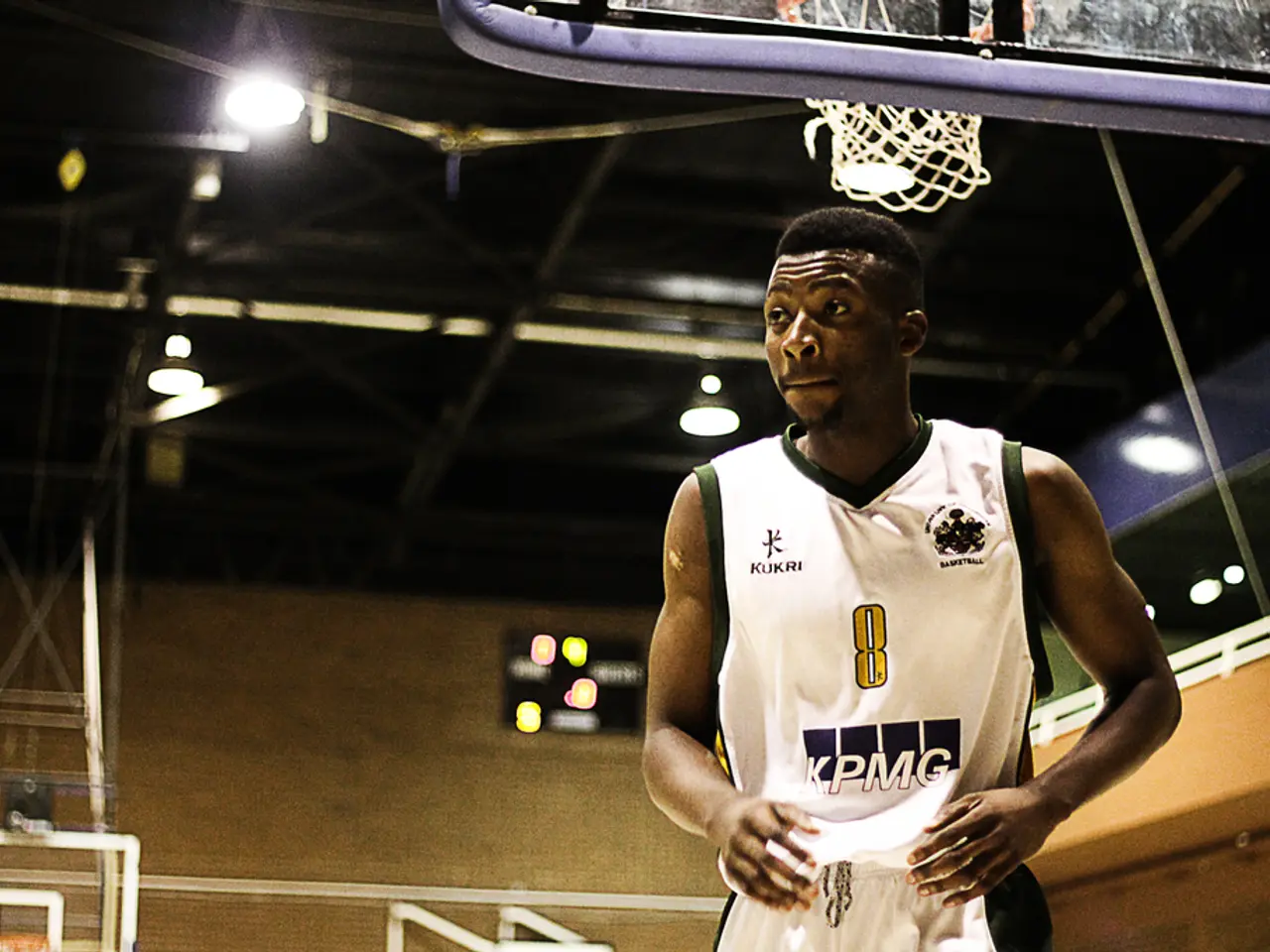SharedTraits Between Sports and Video Games: An Engaging Analysis of 5 Interesting Points
In the world of entertainment, the lines between traditional sports and esports are becoming increasingly blurred. Both industries are heavily reliant on sponsorship deals and advertisements, with brands like Netflix partnering with Infillion to market a Sonic the Hedgehog series inside NHL arenas.
Esports events, much like their traditional counterparts, are adorned with numerous sponsor logos, making them indistinguishable from traditional sporting events. This convergence is a testament to the growing similarities between the two industries.
The skills developed through both sports and esports are remarkably alike. Teamwork, quick thinking, hand-eye coordination, and strategic planning are all key elements that are honed in both arenas. Games like Madden NFL, FIFA, NBA 2K, League of Legends, Dota 2, Counter-Strike, and Overwatch, to name a few, closely mirror traditional sports in terms of competition, teamwork, and fan engagement.
New sports are even emerging that mirror gaming environments. TGL arena golf, for instance, combines real-life play with flashy visuals and fast-paced action, emulating the excitement of video games.
In a bid to appeal to younger audiences, traditional sports are also evolving. For example, Major League Baseball plans to speed up play in 2025 to mimic the quick action of video games.
The coverage of both sports and esports is extensive, with streaming media platforms like ESPN+, Twitch, and YouTube Gaming providing broad coverage. Interestingly, gaming fans spend more time watching gaming videos on Twitch and YouTube (8.5 hours per week) than they do playing (7.4 hours per week).
Esports events are gaining massive attention, with the 2024 League of Legends World Championship drawing 20,000 fans to London's O2 Arena and 6.91 million peak viewers online. This mirrors the fanaticism surrounding traditional sports events.
Both industries also share competition, with examples ranging from the NBA's 82-game season and FIFA monthly rankings to online leaderboards in games like Call of Duty and Overwatch.
The rise of esports has led to the emergence of scholarships for gamers in U.S. colleges, with amounts ranging from $1,000 to $6,000 per gamer. Over 200 U.S. colleges now have competitive esports programs, offering gaming as a valuable path for skill-building and job prospects.
The psychological aspects of both sports and esports are similar, with players in both arenas experiencing fear, reaction times, and the need for quick thinking and adaptability.
Interestingly, sports betting is not exclusive to traditional sports. Esports tournaments, such as League of Legends competitions, also attract betting enthusiasts.
Aspiring professional gamers are even taking physical training seriously, with hand-speed workouts and mental endurance sessions becoming commonplace.
In conclusion, the convergence of sports and esports is a fascinating development. The core aspects of traditional sports - competition, teamwork, strategy, and fan culture - are being adopted by the video game industry, blurring the lines between physical and digital sports arenas. This new era of competition promises an exciting future for both industries.
Esports events, with their numerous sponsor logos and resemblance to traditional sports in terms of competition, teamwork, and fan engagement, are becoming indistinguishable from traditional sporting events. The skills developed in both traditional sports and esports, such as teamwork, quick thinking, hand-eye coordination, and strategic planning, are remarkably similar.








